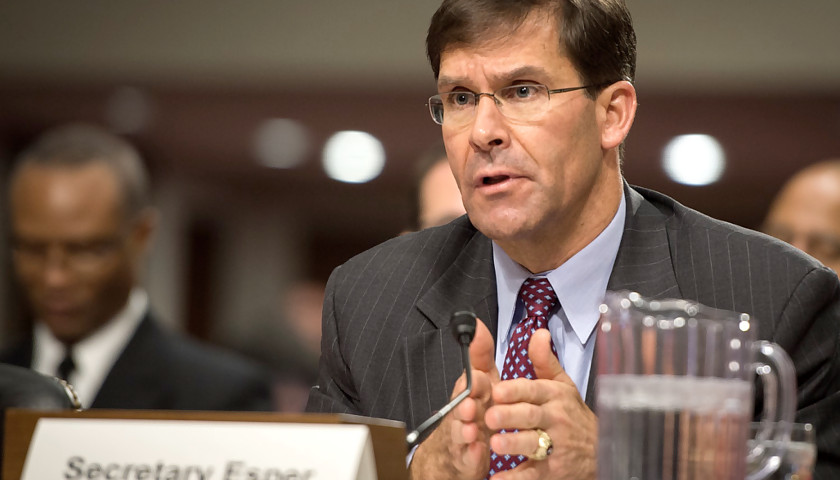by Carla Babb
SYDNEY – U.S. Secretary of Defense Mark Esper says he wants to see American ground-based intermediate-range conventional missiles deployed to Asia.
Speaking to reporters on his first international trip as head of the Defense Department, Esper said the weapons were important due to the “the great distances” covered in the Indo-Pacific region.
The United States previously was unable to pursue ground-based missiles with a range of 500-5,500 kilometers because of the Intermediate-Range Nuclear Forces Treaty, a decades-old arms control pact with Russia. Washington withdrew from that pact on Friday, citing years of Russian violations.
“It’s about time that we were unburdened by the treaty and kind of allowed to pursue our own interests, and our NATO allies share that view as well,” Esper said.
He declined to discuss when or where in Asia they could be deployed until the weapons were ready, but said he hoped the deployments come within months.
While analysts have primarily focused on what the INF treaty withdrawal means for signatory nations Russia and the United States, the change also allows the United States to strengthen its position against China. Esper said China has more than 80% of its missile inventory with a range of 500-5,500 kilometers.
“So it should not surprise them [China] that we would want to have a like capability,” he added.
China is the top priority of the Pentagon under the Defense Department’s National Defense Strategy. Beijing and Washington also have been embroiled for months in a trade dispute, with U.S. President Donald Trump announcing Thursday on Twitter that he would impose additional tariffs on Chinese goods starting September 1.
“China is certainly the center of the dialogue right now. It’s a competition, they’re not an enemy, but certainly they are pressing their power in every corner,” Rudy deLeon, a defense policy expert with the Center for American Progress, and a former deputy secretary of defense, told VOA.
In the event of a conflict with China, the United States needs to have various capabilities in place ahead of time in order to prevent sabotage during transport from China’s advanced sensors and artificial intelligence, according to Bradley Bowman, the senior director of the Center on Military and Political Power at the Foundation for Defense of Democracies.
“We need to distribute our assets, and we need to have them in the region when the conflict starts. The idea that we’re going to spend like we did in the first Gulf War, weeks or months, sending large cargo aircraft and cargo vessels across the ocean to get into conflict, they’ll never arrive,” Bowman told VOA.
Esper began his trip Friday with a stop at the U.S. Indo-Pacific Command in Hawaii to visit the head of the command, Admiral Philip Davidson. Esper arrived Saturday in Australia for a two-plus-two meeting on Sunday with Secretary of State Mike Pompeo and their Australian counterparts.
Esper also will visit New Zealand, Japan, Mongolia and South Korea before returning to Washington.
Defense officials have for years referred to the Asia-Pacific as the “priority” theater.
Former secretary of defense Jim Mattis, Esper’s predecessor in the Trump administration, also started his time in office with a trip to Asia, visiting Japan and South Korea in February 2017.
– – –
Carla Babb is a VOA correspondent.
Photo “Sec Def Mark Esper” by the US Navy.




